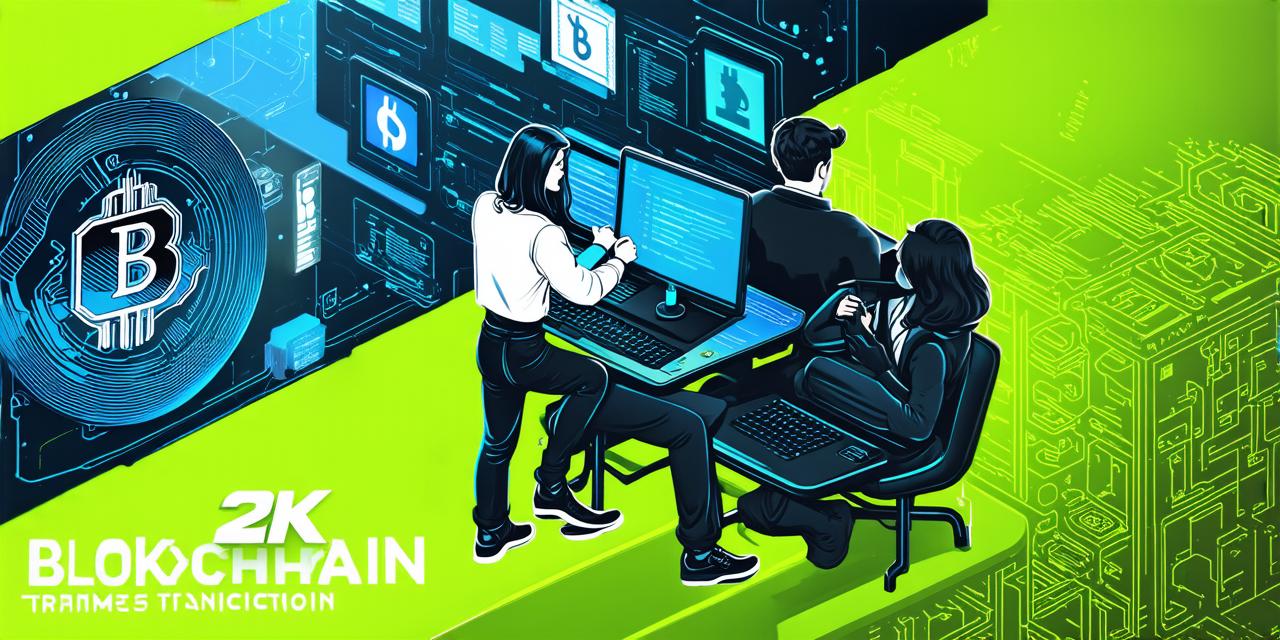Blockchain technology has revolutionized the way transactions are carried out, allowing for secure and decentralized exchanges of value. However, despite its benefits, blockchain transactions can sometimes become pending, leaving users in a state of uncertainty and frustration.

Understanding Pending Blockchain Transactions
A pending blockchain transaction is one that has been initiated but has not yet been confirmed or added to the blockchain. There are several reasons why a blockchain transaction may be pending, including:
- Insufficient funds: If you do not have enough balance in your account to cover the transaction fees, the transaction will be pending until you add more funds.
- Network congestion: Sometimes, the blockchain network can become congested due to a high volume of transactions, causing delays in processing times.
- Incorrect information: If any information entered during the transaction process is incorrect, such as an incorrect address or incorrect payment method, the transaction will be pending until it is corrected.
- Malware or hacking attacks: In some cases, malicious software or hacking attempts can interfere with the blockchain network and cause delays or even prevent transactions from being processed altogether.
Troubleshooting Pending Blockchain Transactions
If your blockchain transaction is pending, there are several steps you can take to resolve the issue quickly:
- Check your balance: Make sure that you have enough funds in your account to cover the transaction fees. If not, add more funds and try again.
- Wait for network congestion to clear: If the blockchain network is experiencing high volume, it may take some time for your transaction to be processed. In this case, it’s best to wait patiently and give the network time to process the transaction.
- Correct incorrect information: If you entered any incorrect information during the transaction process, such as an incorrect address or payment method, the transaction will be pending until it is corrected. Double-check all information before initiating a new transaction.
- Contact customer support: If none of the above steps work, contact customer support for further assistance. They can help you identify any issues with your transaction and provide guidance on how to resolve them quickly.
Case Studies and Personal Experiences
One real-life example of a pending blockchain transaction is when a user tried to send Ethereum (ETH) from their Coinbase account to another wallet address. The transaction was pending for several hours, even though the user had enough funds to cover the transaction fees. After contacting customer support, the user was informed that there was an issue with the blockchain network causing delays in processing times. The user was advised to wait patiently and give the network time to process the transaction. Eventually, after waiting for several hours, the transaction was successfully processed.
Another personal experience is when a developer tried to send ETH from their local blockchain wallet to another wallet address on the Ethereum network. The transaction was pending for over 24 hours, despite the user having sufficient funds and entering all information correctly. After contacting customer support, the user was informed that there was an issue with the blockchain network causing delays in processing times. The user was advised to wait patiently and give the network time to process the transaction. Eventually, after waiting for several days, the transaction was successfully processed.
Expert Opinions and Research
According to a report by BlockData, blockchain transactions can take anywhere from a few seconds to several hours or even days to be processed, depending on various factors such as network congestion and transaction volume. The report also suggests that in some cases, malware or hacking attacks can interfere with the blockchain network and cause delays or prevent transactions from being processed altogether.
